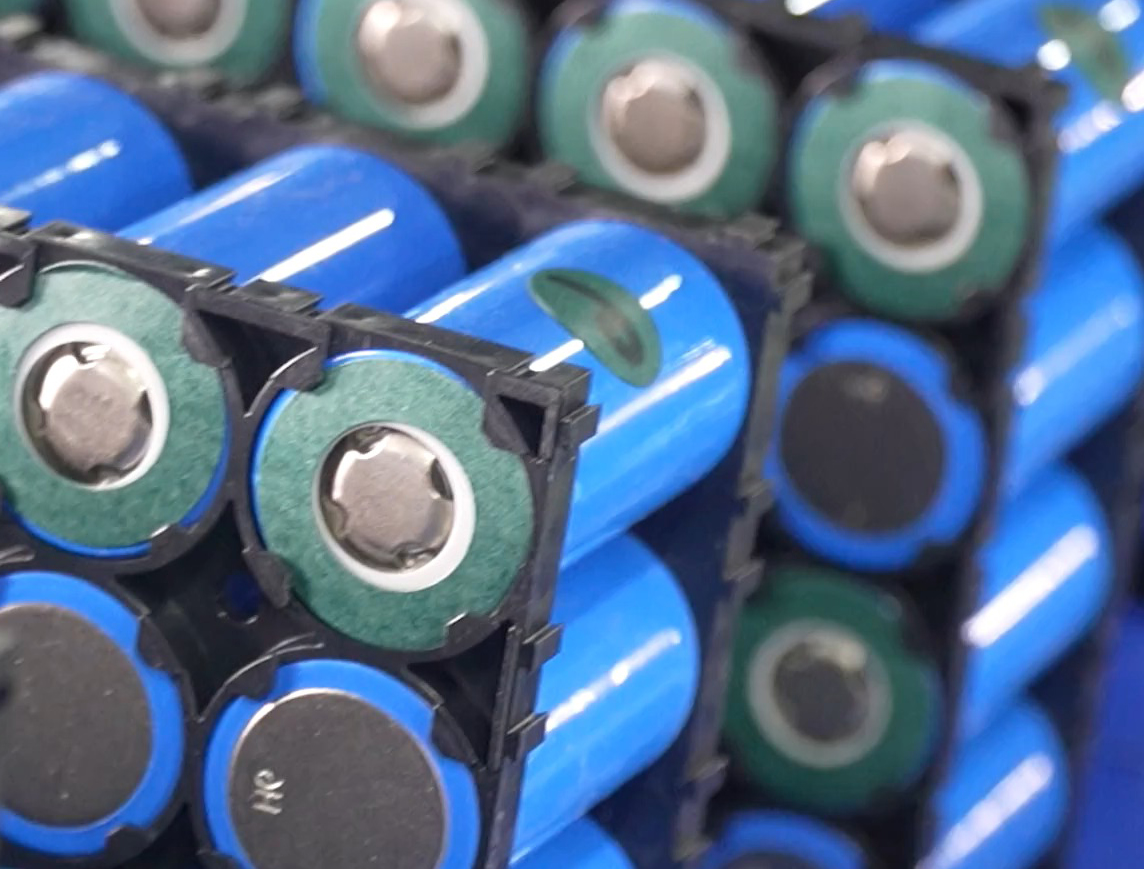lithium ion solar battery are a new battery technology that combines solar cells with lithium-ion batteries . This technology combines solar cells and lithium-ion batteries through molecular technology to achieve energy storage and utilization by light-assisted charging. There are two main types of solar lithium-ion batteries commonly available on the market today: ternary lithium-ion batteries and lithium iron phosphate batteries. The number of cycles of ternary lithium-ion batteries is generally less than 1,000 times, and the battery capacity may be lower than 80% after 3 years. The lithium iron phosphate battery has a cycle count of about 2000 times, but its low-temperature effect is poorer, more suitable for use in high-temperature areas, with a lifespan of about 6-8 years.
The market outlook for solar cells looks very promising. With the increasing global demand for renewable energy and growing awareness of environmental protection, solar cells are receiving more and more attention and investment as a clean, renewable energy solution. The policy push across the globe is one of the key factors for the growth of the solar cells market. Many countries have formulated preferential policies for renewable energy, including subsidies, tax incentives, etc., to encourage the development of renewable energy sources such as solar cells.
The fundamentals of lithium ion solar battery involve a charge-discharge cycling process, i.e., a complete charge-discharge cycle. The number of times the battery is charged and discharged during this cycle determines its lifetime. The life of a lithium-ion battery is usually expressed in terms of the number of cycles, which involves the depth of discharge and the number of charges of the battery. Generally speaking, when the depth of discharge is 80%, the minimum number of charge and discharge times for a lithium-ion battery is 625, so theoretically its service life is 500 cycles. However, this is only a theoretical value, in practice, the life of lithium-ion batteries is affected by a variety of factors, including the magnitude of the current and operating voltage, the temperature of the environment, and the power retention when idle. Therefore, the specific service life of lithium-ion batteries may vary depending on the conditions of use. When using solar lithium-ion batteries, you need to pay attention to the following points: Firstly, in order to facilitate transportation, lithium-ion batteries are usually not fully charged when shipped from the factory, and it is a normal phenomenon if they do not work for a long time after installation. Secondly, if it does not light up during the test light, you can activate it directly with the solar panel. In addition, be sure not to reverse the positive and negative poles, or it may lead to component damage. Finally, if the battery has a failure problem, please do not open it privately, you should contact the after-sales installer directly to deal with it.
From a market perspective , the market demand for lithium ion solar battery is increasing with the maturation of green energy awareness, and the continuous progress of science and technology is also driving the development of the solar cell market. Currently, the efficiency of solar cells is improving and costs are decreasing, making their application in many fields more economically viable. In addition, with the continuous development of new solar cell technologies, such as chalcogenide solar cells and dye-sensitized solar cells, the performance and application scope of solar cells are expected to further expand in the future.
From the perspective of market demand is also driving the solar cell market. With the growing global energy demand and the depletion of traditional energy resources, solar cells have a broad market prospect as a renewable energy solution. Especially in the fields of construction, transportation and agriculture, the application of solar cells is particularly promising. As for the solar lithium battery, it is a new battery technology that combines solar cells and lithium-ion batteries. The lifespan of solar lithium batteries depends mainly on their type and the environment in which they are used. For example, the cycle times of ternary lithium batteries are generally within 1000 times, while the cycle times of lithium iron phosphate batteries can reach about 2000 times. Lithium iron phosphate batteries have a lifespan of about 6-8 years, but they are less effective in low-temperature environments and are more suitable for use in high-temperature areas.

As far as the market is concerned, even though the solar cell market has a promising development outlook, it is also facing some challenges. For example, the production process of solar cells consumes a large amount of energy and materials, and there are certain difficulties in their recycling and disposal. Therefore, in the future development, it is also necessary to continuously improve the production efficiency and environmental performance of solar cells to achieve sustainable development. Of course, the market development of solar cells is promising, but it also requires continuous efforts in technology, policy, market and other aspects to achieve better development and application. Of course, the principle of both lithium-ion batteries and lithium solar batteries involves the process of charging and discharging, and the lifespan is affected by a variety of factors, including the conditions of use, the environment, maintenance and so on. Therefore, when using these batteries, care needs to be taken to follow proper usage and maintenance specifications in order to extend their lifespan.
From a general point of view, the maintenance of lithium solar batteries is also very important, including regular inspection of the battery surface to see if it is clean, whether there is any corrosion leakage phenomenon, which is closely related to the service life of lithium-ion solar batteries, especially in the process of use, to observe whether there is any depression or bulging phenomenon in the appearance of the batteries, to tighten the battery monobloc interconnecting screws, and timely Charge, do a good job of insulation of the lithium battery room, as well as to keep the lithium-ion solar module array lighting surface clean, and so on.